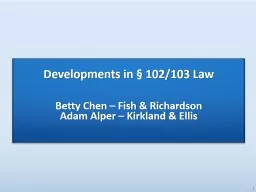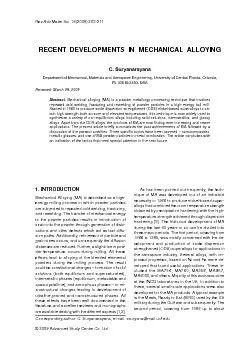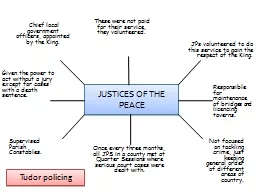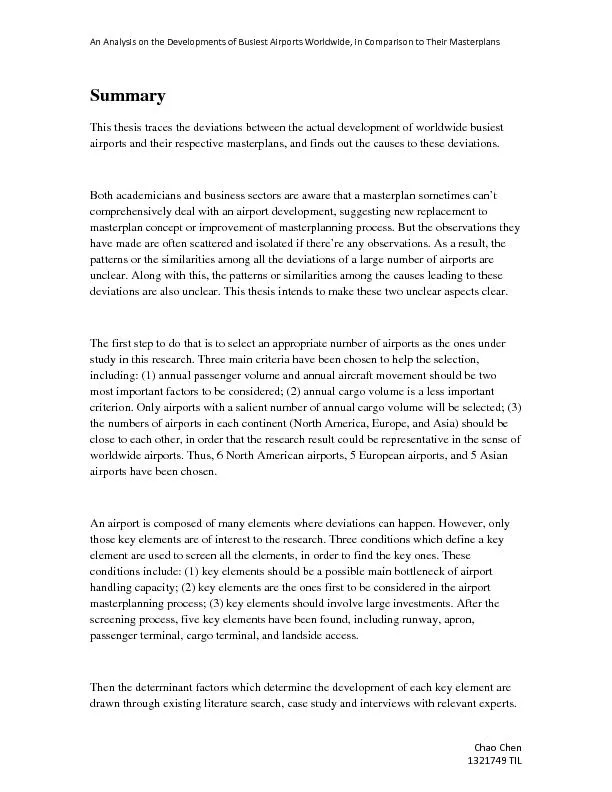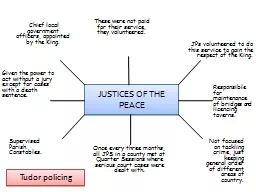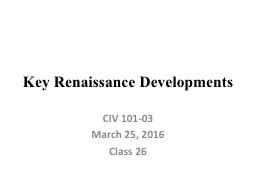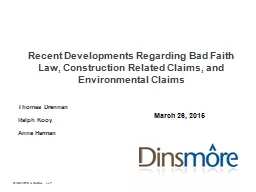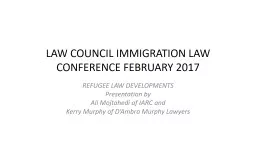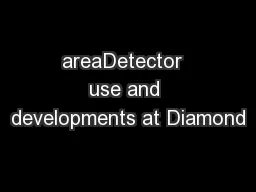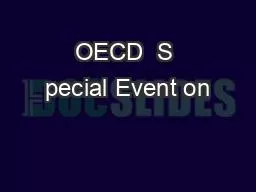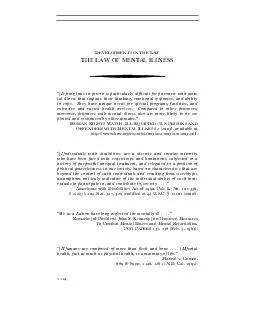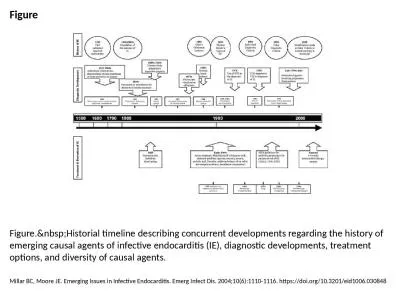PPT-Developments in § 102/103 Law
Author : karlyn-bohler | Published Date : 2018-11-07
Betty Chen Fish amp Richardson Adam Alper Kirkland amp Ellis KSR Intl Co v Teleflex Inc 2007 Pushed B ack Against TSM Emphasized Predictability Of Outcome
Presentation Embed Code
Download Presentation
Download Presentation The PPT/PDF document "Developments in § 102/103 Law" is the property of its rightful owner. Permission is granted to download and print the materials on this website for personal, non-commercial use only, and to display it on your personal computer provided you do not modify the materials and that you retain all copyright notices contained in the materials. By downloading content from our website, you accept the terms of this agreement.
Developments in § 102/103 Law: Transcript
Download Rules Of Document
"Developments in § 102/103 Law"The content belongs to its owner. You may download and print it for personal use, without modification, and keep all copyright notices. By downloading, you agree to these terms.
Related Documents

